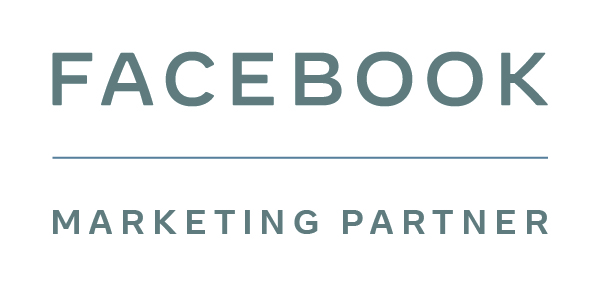The internet connects people around the world, regardless of gender, race, or physical and mental ability. But, not every website is created equal. With more than 1 billion people worldwide with disabilities facing daily barriers, are websites doing all they can to enable inclusive access?
Find out what is meant by ‘inclusive’ design and the 6 signs your ecommerce website isn’t inclusive.
What is ‘inclusivity’?
According to Microsoft, inclusivity is a “design methodology that enables and draws on the full range of human diversity.” Their aims are to deliver access and context to more people.
Simply, inclusive designs help people with different abilities access your website. As many websites are often designed with the bias of the designer, they don’t necessarily cater for the wider spectrum of users. Do you know if your ecommerce site is inclusive? Here are 6 ways it might not be…
1. Your website doesn’t consider all potential users
If you assume all your users can see, hear, speak and touch, it could be limiting the wider scope of your business.
That’s why it’s important to acknowledge your potential customer base. Consider their ability, aptitude, and attitude. Understand the diverse ways of communicating your content, to fully appreciate how your site can be used by someone with disabilities.
2. The webpages are too complicated
Often, websites are cluttered and overrun with long pages of text. Ensure you’re using your space effectively and write in simple, straightforward language.
Accommodating for people with different abilities means taking a step back and understanding how people navigate your online store. Is the menu clear on the home page? Can you easily find your contact information? If an action is streamlined, it’ll make the process simpler for all users.
3. Video and images are inaccessible
Videos and image are often inaccessible for people with visual or hearing impairments. That’s why it’s important to include alternative text options, or image captions, to provide additional ways to access visual elements.
Equally, videos with audio are difficult for people affected by hearing loss. So, why not include captions, transcripts or subtitles to make this process more inclusive.
4. Limited functionality
Limited website functionality is a problem for people with restricted motor control / mobility. For example, elderly individuals may find using a mouse or a touchpad tricky.
Solve the issue, by ensuring you have other assistive functionalities – including keyboard input and speech input.
5. You haven’t considered the colours
Is your ecommerce website all one shade of colour? Does each section blend into one? This can be problematic for people with visual impairments. Colour contrasts between text, background and images, makes the content easier for someone with colour blindness or sensitivity.
6. Inadequate clicks and links
For people with mobility issues, it can often be hard to click on smaller links. If you increase the clickable range it can help people navigate through your site.
Have you also considered the links on your website? They determine how people move around each page. If your links are unclear, people will not necessarily understand where it’s taking them and so won’t click. Give descriptive and clickable links to create an inclusive website.
Optimise your ecommerce site
Building an inclusive website is tough, especially without the knowledge or expertise. That’s where Fluid Digital comes in. We specialise in Magento ecommerce websites and can help add huge value to your business. Whether you’re launching a new site of overhauling an existing one, get in touch today with our team of web design experts, who would love to talk to you.





